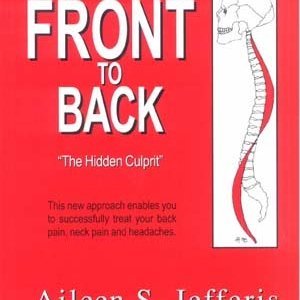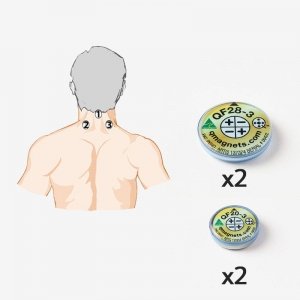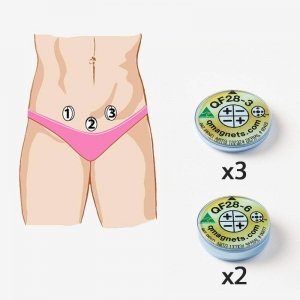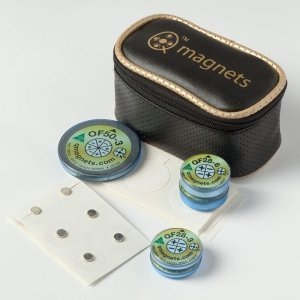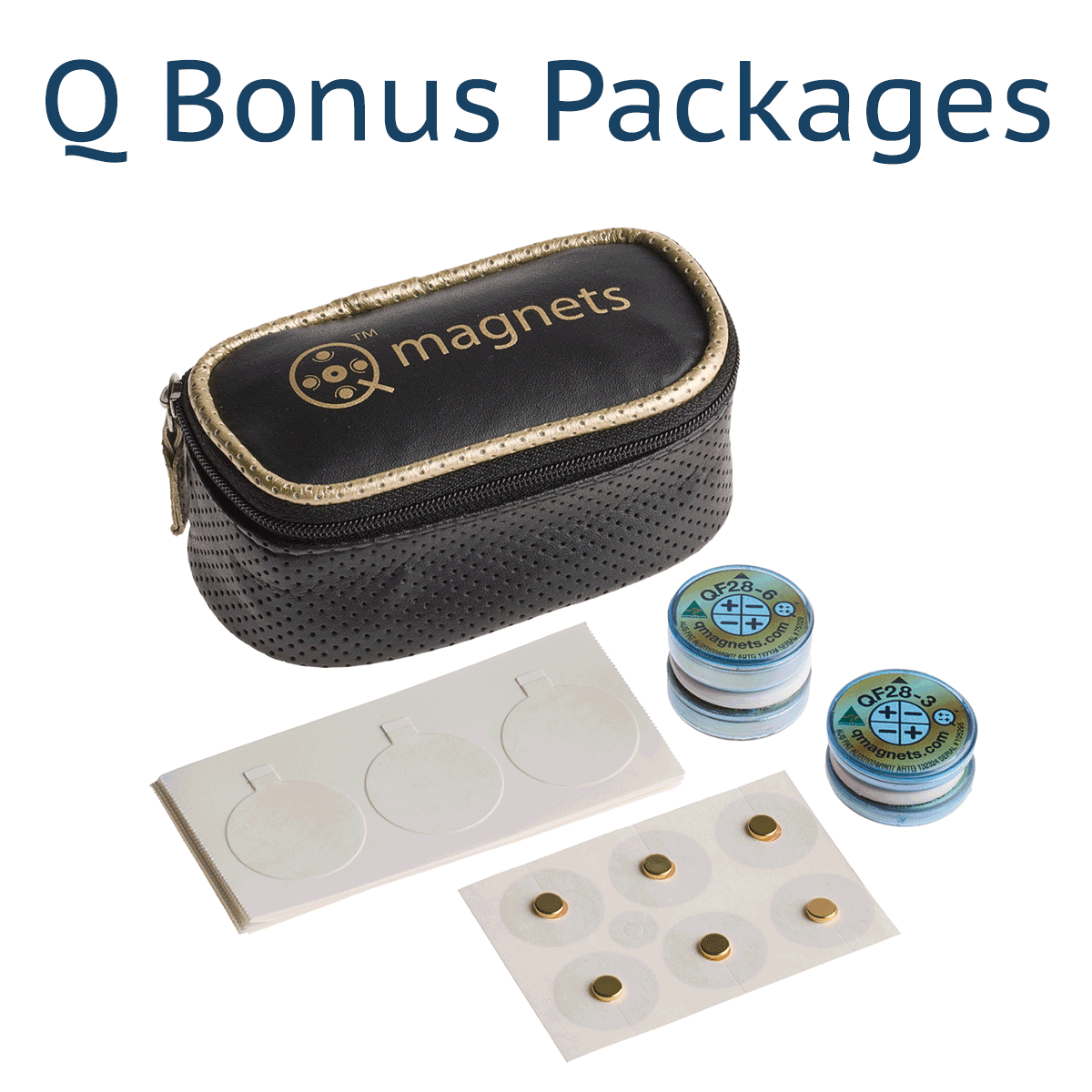Two of the most recent scientific reviews on the effectiveness of static magnets have been by Pittler et al (2007) and Laakso et al (2009). See references below where both articles are free to access.
Pittler’s paper concluded from the 29 studies it reviewed… ”The evidence does not support the use of static magnets for pain relief, and therefore magnets cannot be recommended as an effective treatment.” Since this is often quoted by those seeking to discredit the therapeutic use of static magnets it deserves to be scrutinised.
The first anomaly is the summary of the study by Segal (2001). Compare Pittler’s summary… “No significant differences”, to Laakso’s summary of the exact same study… “Significantly less pain in treatment group compared to control group”. See tables below.
Pittler et al (2007). “Static magnets for reducing pain: systematic review and meta-analysis of randomized trials.”
It’s as if Pittler reviewed the evidence to support his predetermined premise.
Next we’ll look at the response of Colbert et al (2009) to Pittler (abbreviated as follows)…
“We argue that the conclusion of Pittler is unwarranted if the static magnetic field dosage applied was inadequate or inappropriate for the clinical condition treated. The review gave no consideration to the fundamental question of whether the intended static magnetic field actually reached or was appropriate for the targeted tissue. It should be noted here that the most important dosimetry parameter is the magnetic field delivered to the target tissue.” and;
“Colbert’s review concluded that if the static magnetic field dose is less than optimal, it is erroneous to infer from negative results that the evidence does not support the use of static magnetic field therapy. A more accurate inference would be that this particular static magnetic field applied at this anatomical site for this number of hours (days, weeks) to treat this underlying pathological tissue(s) elicited no significant effect.”
An example of Pittler being influenced by such a study that showed no benefit over placebo is Collacott, et al. (2000), published in the Journal of American Medical Association (JAMA). This study investigated the effects of a relatively weak 300G (30mT) flexible rubber multipolar magnet, with a penetration of less than 10mm on lower back pain. This study was very unlikely to show a benefit because of the weakness of the magnet used, relative to the depth of the target tissue. It requires a much stronger magnetic device such as the QF28-6 or OF50-3 with a penetration of 30-40mm in order to capture the nerve roots and dorsal horn of the spine and potentially have an effect for many low back pain conditions such as a disc bulge.
Thirdly…
Neuromagnetics is such an exciting field to be part of and Q Magnets are a therapy that is…
- Simple
- Drug free
- Non-addictive
- Non-invasive
- Painless
- Safe
- An immediate and local impact
- Performed at home
- Paid for by the individual and
- Based on scientific evidence
And by a listed medical device that…
1. Does not require any care or maintenance
2. Lasts almost a lifetime
3. Has no moving parts
4. Is relatively inexpensive
5. Consumes almost no energy
6. Is a treatment which requires little expertise, and
7. While not is use can be used to keep notices stuck to the fridge
Why would anyone not seek to support such a therapy?
REFERENCES:
Laakso, L., F. Lutter, et al. (2009). “Static magnets – what are they and what do they do?” Brazilian Jounal of Physiotherapy 13(1). doi.
Pittler, Max H. et al (2007). “Static magnets for reducing pain: systematic review and meta-analysis of randomized trials.” Canadian Medical Association Journal 2007;117(7):736-42 PMID: 17893349; doi.
Segal, N. A., Y. Toda, et al. (2001). “Two configurations of static magnetic fields for treating rheumatoid arthritis of the knee: a double-blind clinical trial.” Arch Phys Med Rehabil 82(10): 1453-1460. PMID 11588753; doi.
Colbert, Agatha P., Markov, Marko S., et al. (2008). “Static Magnetic Field Therapy: Dosimetry Considerations.” J Altern Complement Med Jun;14(5):577-82 PMID: 18532897; doi.




